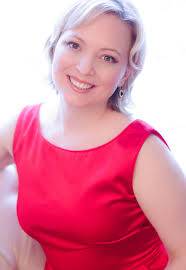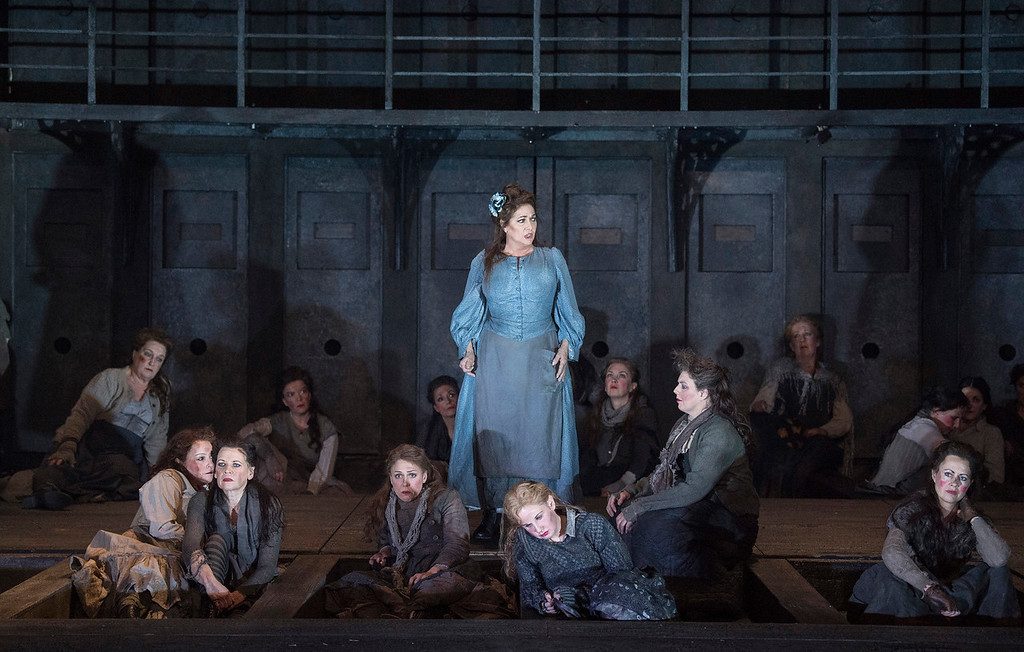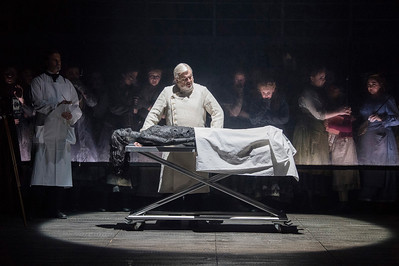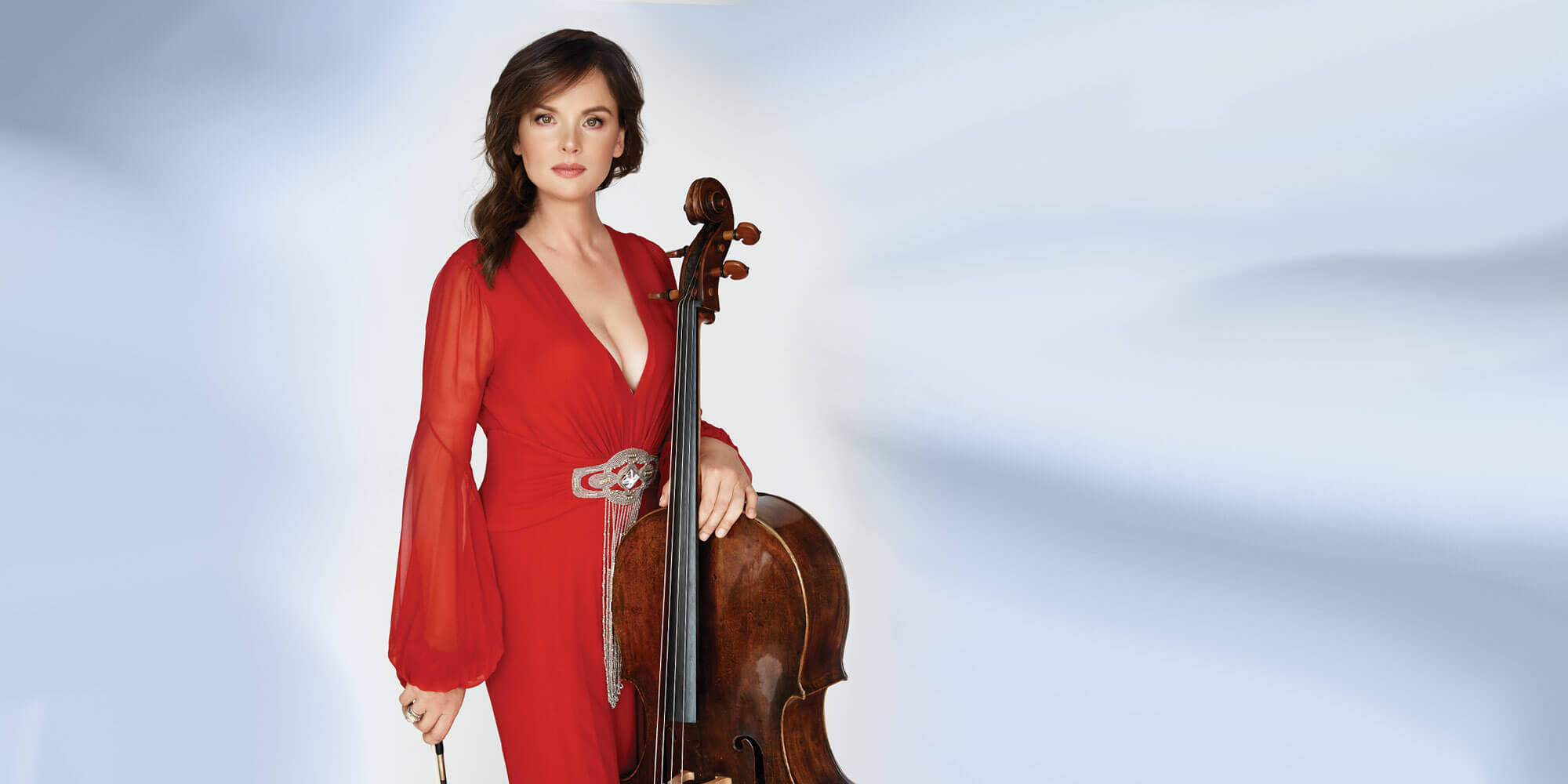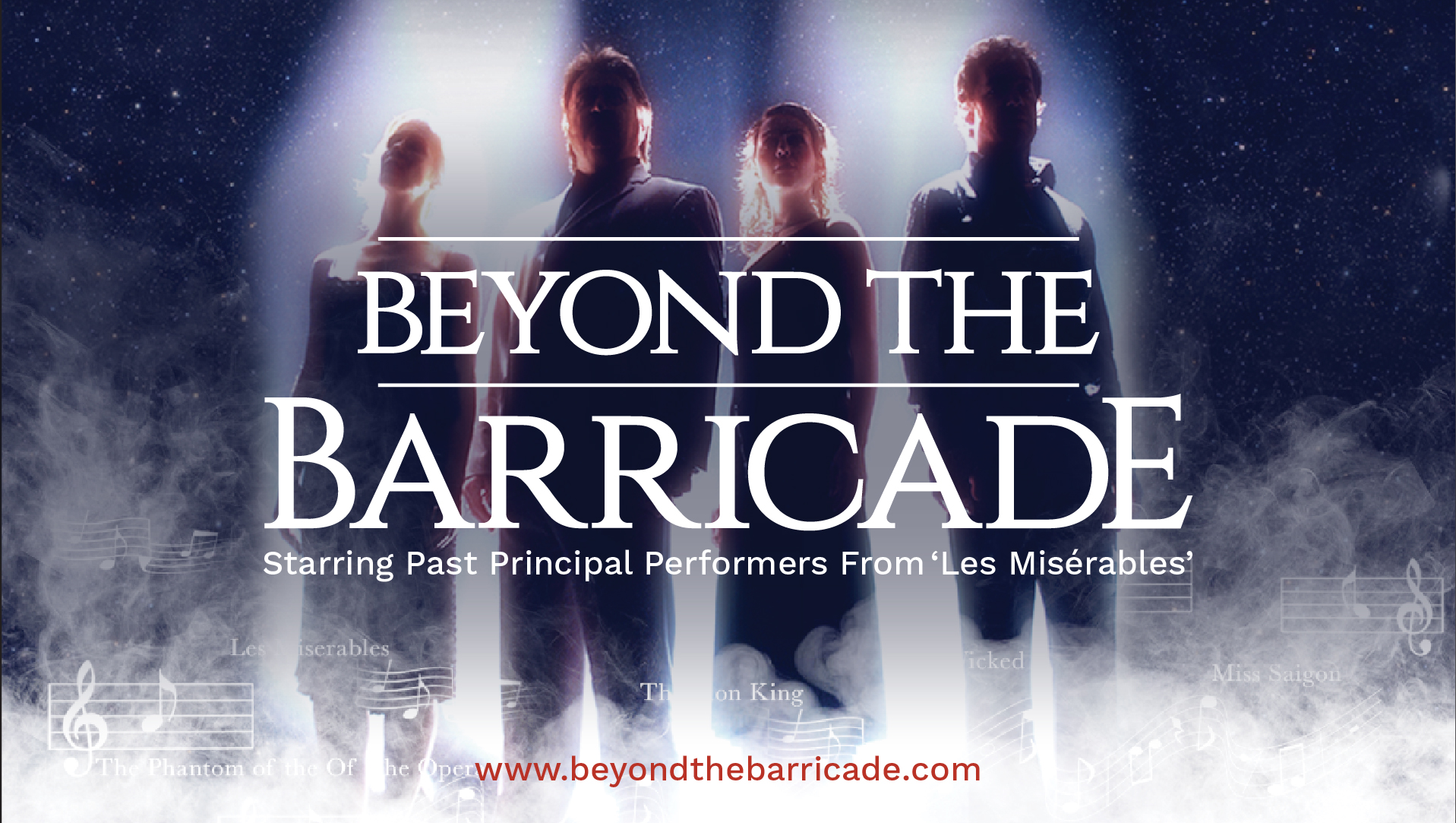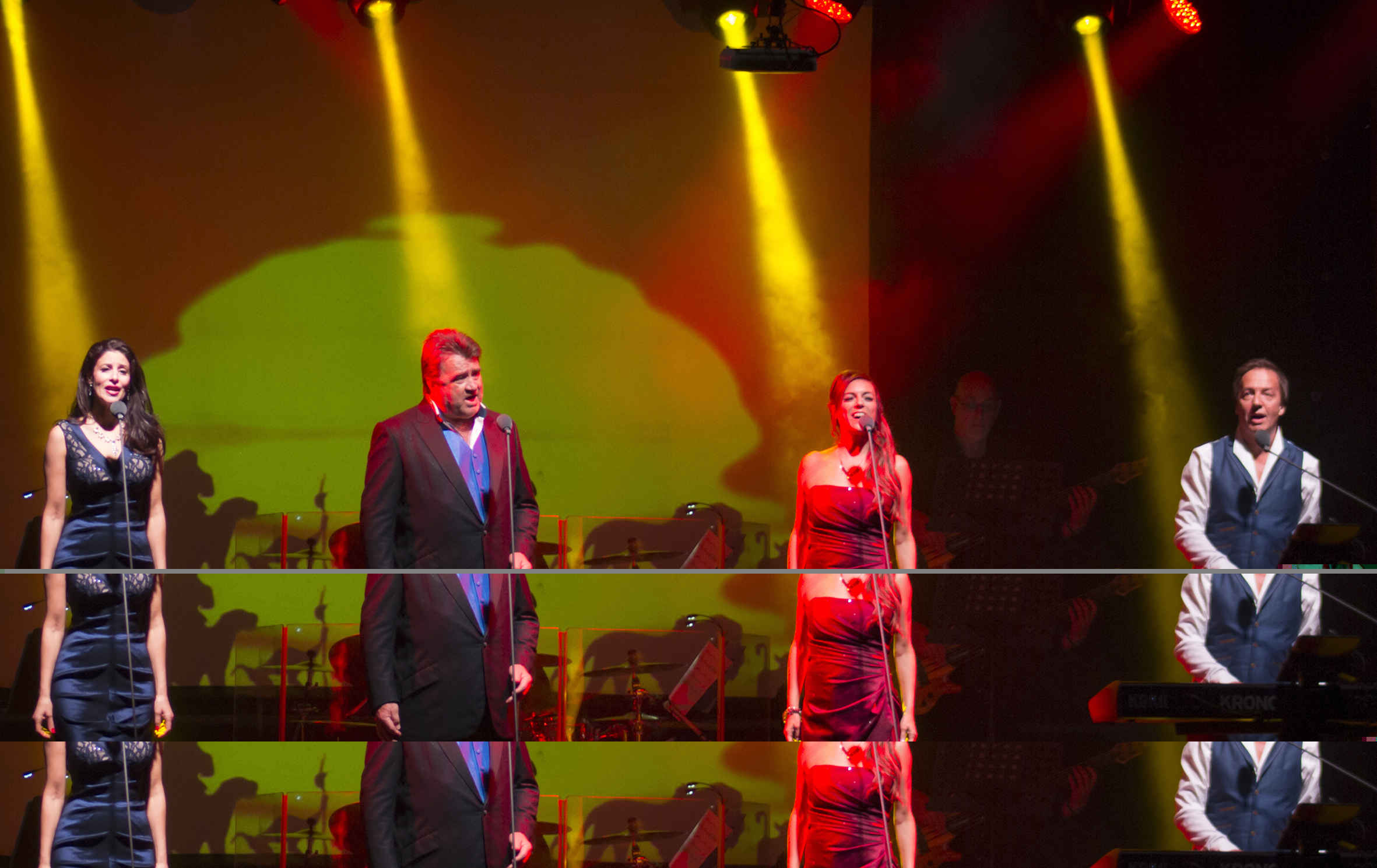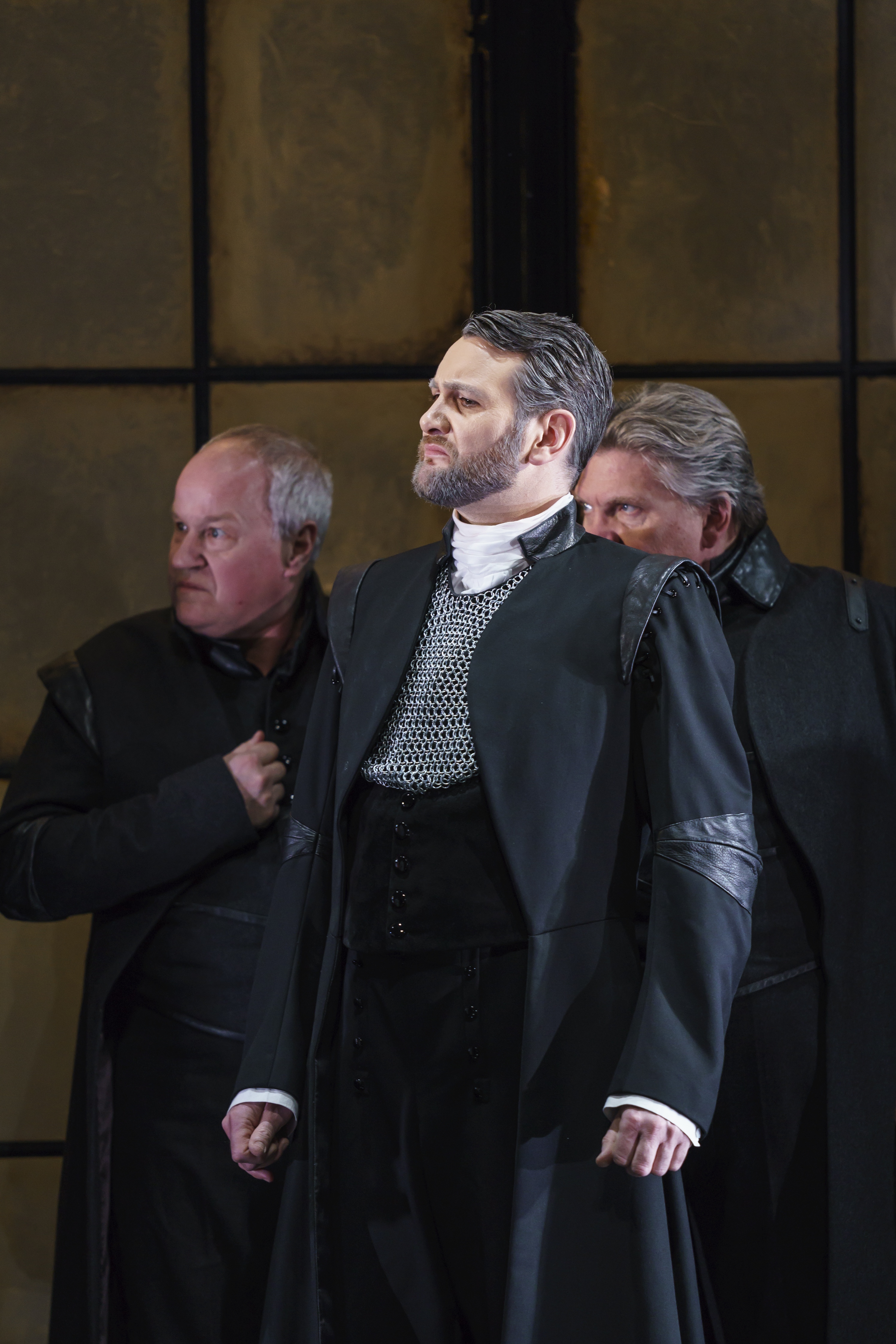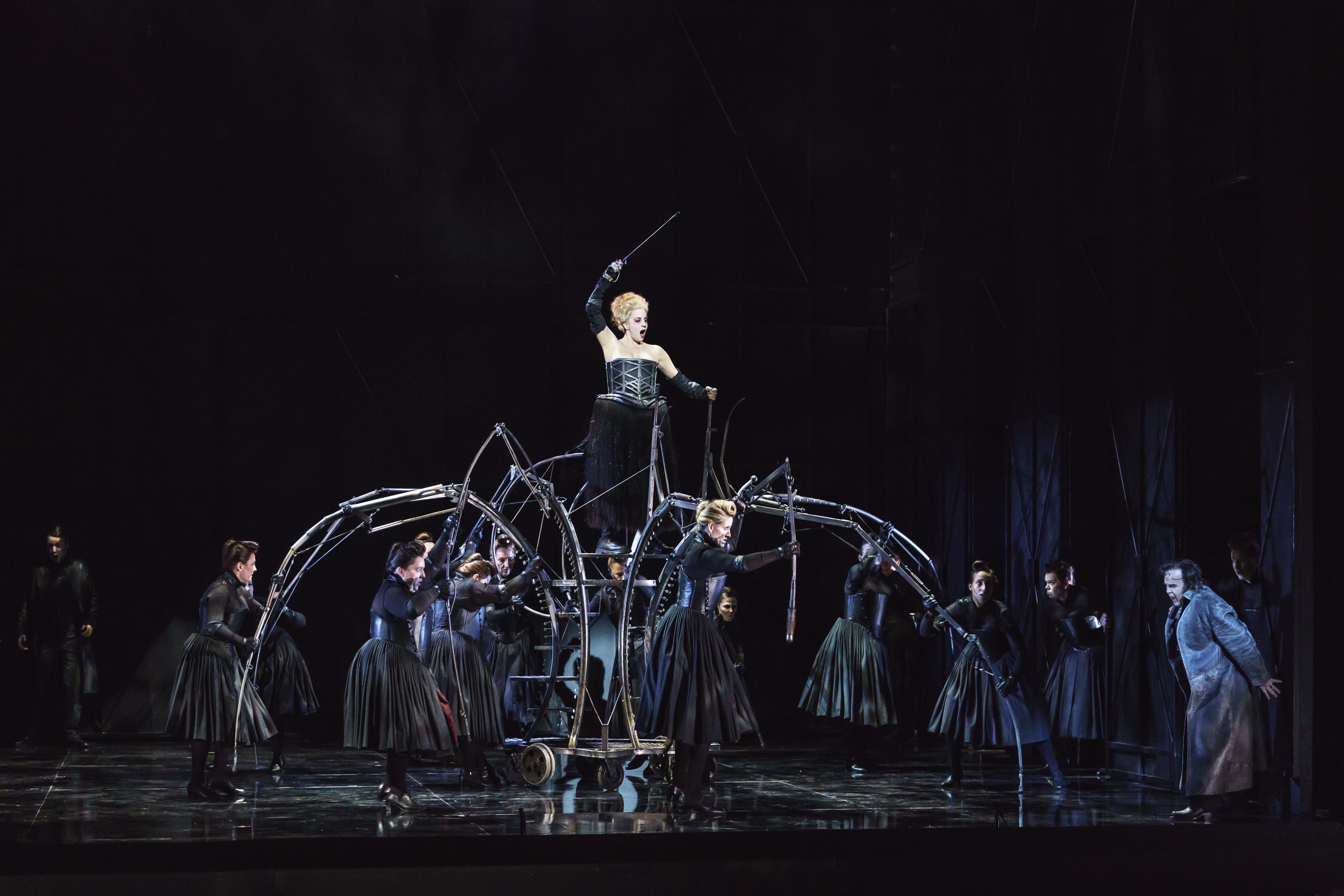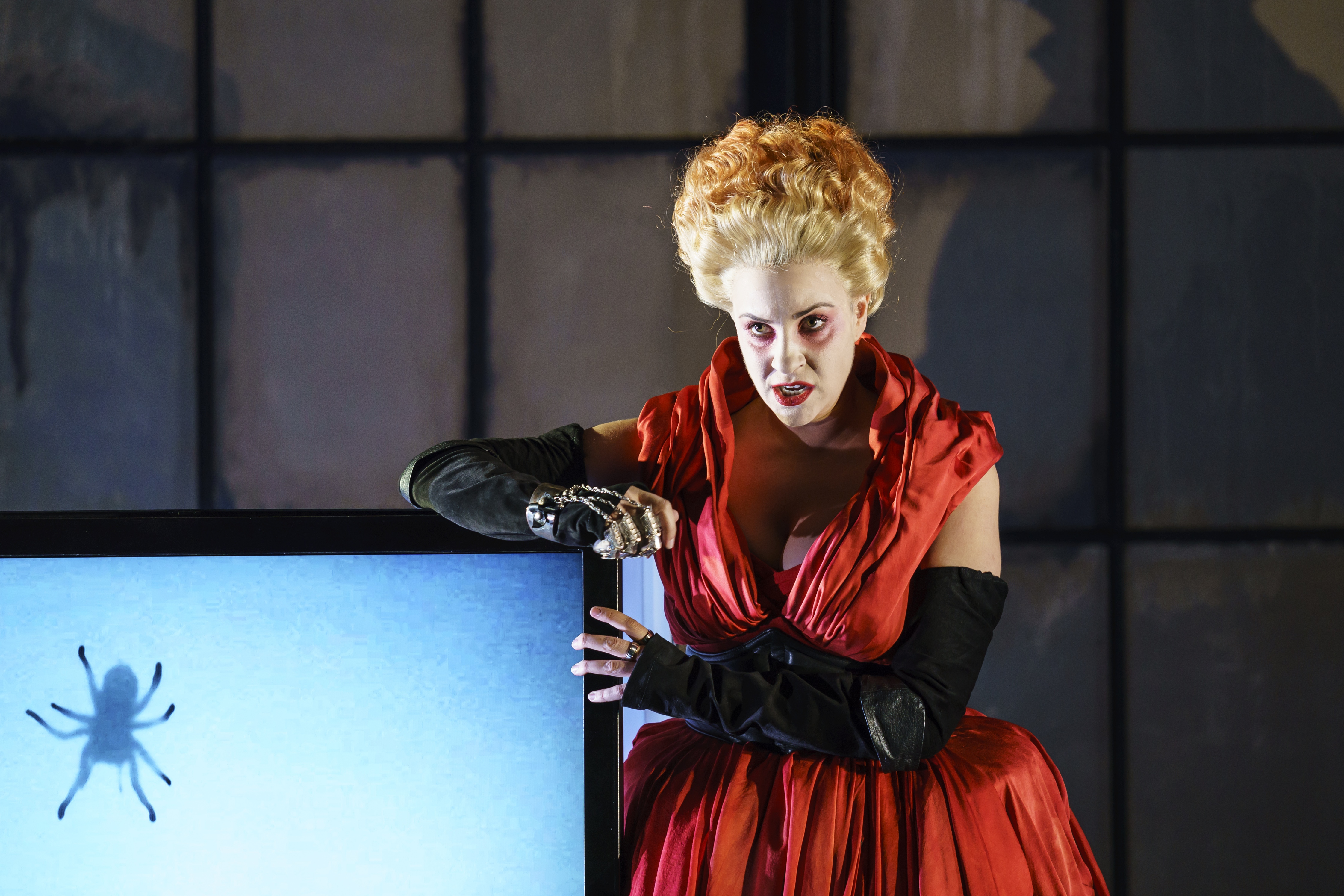Weber: Der Freischutz
Teatro alla Scala, Myung-Whun Chung
NAXOS 2.110597
Raimond Orfeo Voigt’s skeletal setting seems quite appropriate for what is in many ways a conventional production of Weber’s gothic chiller. The Wolf’s Glen scene is particularly effective and I loved the giant boar! Musically this is very sound with Michael Konig in strong voice as Max and Julia Kleiter a sympathetic Agathe. Chorus and orchestra respond well to Myung-Whun Chung’s crisp but romantic handling of the score.
Handel adpt Leo: Rinaldo
Festival della Valle d’Itria, conducted by Fabio Luisi
DYNAMIC 37831
Today we don’t welcome the idea of favourite works being ‘improved’ even if we stretch the stage presentation of Shakespeare or Verdi well beyond what they might have expected. However in the early eighteenth century there was no such hesitation and here we have an adaptation of Handel’s familiar score as represented by the manuscript found at Longleat which contains some Handel, some items by Leonardo Leo and a number of other unidentified pieces which seem to reflect the party pieces of the soloists who sang the version in Naples in 1718. It is a fascinating piece even if we have to ignore the world Handel originally created. The fanciful production looks pretty but does little to raise the whole above the level of an amusing entertainment. Handel’s original was certainly far more than that!
SWEETER THAN ROSES – SONGS BY HENRY PURCELL
ANNA DENNIS, Soprano,
SOUNDS BAROQUE, Directed and Keyboards by JULIAN PERKINS
JAMES AKERS, Theorbo & Baroque guitar
HENRIK PERSSON, Viola da gamba
RESONUS RES10235 67’33
Opening this latest selection of releases from Resonus is a programme of English songs – twelve by Purcell and two by Henry Lawes, who died just three years after Purcell’s birth. Alongside these are instrumental works by contemporaries of Purcell, working in London. Firstly there is Francesco Corbetta’s Suite in C major for guitar. This is followed by Giovanni Battista Draghi’s Suite in E minor for harpsichord. This varied but coherent selection makes for a very enjoyable disc.
DIETRICH BUXTEHUDE – MEMBRA JESU NOSTRI
CHAPEL CHOIR OF TRINITY HALL, CAMBRIDGE & SOLOISTS
ORPHEUS BRITANNICUS
NEWE VIALLES
ANDREW ARTHUR, Director
RESONUS RES10238 70’17
This substantial composition gets a stunning new presentation in this release combining period instruments with the well disciplined voices of Trinity Hall. This music is regarded as the first example of Lutheran oratorio and consists of seven cantatas, each referring to a specific part of Christ’s crucified body, in turn divided into six sections and incorporating choral and instrumental movements. Together with extensive texts in the accompanying booklet it is once more possible to enter fully into the heart of this Passion meditation.
JOSEPH-NICOLAS-PANCRACE ROYER – PREMIER LIVRE DE PIECES DE CLAVECIN
MIE HAYASHI, Harpsichord
RESONUS RES10236 65’11
Royer was a French baroque composer and most of his surviving solo keyboard work is to be found in this book. There are fourteen characterful pieces here played with style by Mie Hayashi on an Andrew Garlick copy of a 1749 Jean-Claude Goujon double manual harpsichord.
JS BACH -CHORALE PARTITAS BWV 766-8 & 770
STEPHEN FARR, Bernard Aubertin organ, Private residence,
Fairwarp, East Sussex
RESONUS RES10234 55’46
We return to familiar territory for this final Resonus disc this time. Stephen Farr continues his presentation of Bach’s organ works with these fine performances of extended chorale treatments. Beautiful music, well communicated on a newly installed organ recorded here for the first time.
MARTINU – THE COMPLETE MUSIC FOR VIOLIN & ORCHESTRA
BOHUSLAV MATOUSEK, violin & viola
CZECH PHILHARMONIC ORCHESTRA, Director, CHRISTOPHER HOGWOOD
HYPERION CDS44611/4 (4CDs) Total 243’
This release brings together a number of diverse works written for violin and orchestra over a long period. Some of the music has bene revised by the composer over time. Extensive sleeve notes give a good background to this music and early on attention is drawn to Bohuslav Martinu’s evolving style from Neo-Classical, through Neo-Romantic and also incorporating Impressionistic features in other works. Included here are two Violin Concerti, two versions of Suite concertante for violin & orchestra, Czech Rhapsody and Concerti involving flute and piano alongside the violin. An impressive set, well presented.
AMARAE MORTI – LAMENTATIONS & MOTETS BY CARDOSO, GOMBERT, LASSUS, MORALES, PALESTRINA, PHINOT & VICTORIA
EL LEON DE ORO, Conductor, PETER PHILLIPS
HYPERION CDA68279 66’24
This marvellous collection is described as a “survey of some of the finest- but perhaps lesser known- music from the Renaissance period…from either the Franco-Flemish or the Iberian schools”. The sequence takes the listener from the penitential to exuberant praise. Splendid!
GIOVANNI DE MACQUE – MADRIGALI & ORGAN WORKS
WESER-RENAISSANCE, BREMEN, MANFRED CORDES
EDOARDO BELLOTTI, Organ
CPO CPO777977-2 63’03
From the sleeve notes it seems I am probably not alone in not having heard of this composer before. Giovanni de Macque (1548-1614) is described as “barely known today, he was greatly esteemed in his lifetime.” He lived and worked in Vienna, Rome and Naples ans was influential in areas of vocal and keyboard music. I particularly enjoyed the placing of organ solos amongst the vocal works.
CPE BACH – SOLO KEYBOARD MUSIC, VOL 37 – SONATAS, VARIATIONS & FUGUES 1745-55
MIKLOS SPANYI, Harpsichord
BIS BIS-2331 77’53
I continue to enjoy each release in this long running series of the solo keyboard work of CPE Bach. The fact that this is volume 37 emphasises how prolific this “other” (once regarded as THE) Bach was. There are nine works here, the most substantial being Sonata per il cembalo a 2 Tastature in D minor. If you know nothing about CPE Bach beyond the Solfegietto this would be a good place to start.
SPLENDID SILBERMANN
CHRISTIAN VON BLOHN, Silbermann organ, Protestant Church, Bouxwiller, France
OEHMS CLASSICS OC 1705 62’01
I put off listening to this CD as it just appeared to be another worthy (but slightly dull?) historical release. How wrong I was! Here we have excellent playing from Christian von Blohm on this beautifully recorded historic instrument (built 1776, restored 2017). His programme spans the centuries from JS Bach & Nicolas de Grigny through Boely and Mendelssohn. For me the placement of more recent works alongside these really makes this CD a very satisfying and rounded listening experience. I loved Joris Verdin’s Organetto consisting of seven very short contrasting movements and also Christian von Blohn’s own contribution to the ongoing Orgelbuchlein-Projekt – the attempt to “complete” the unfinished work of JS Bach. There are three chorale preludes here. I’m actually rather pleased I saved this one until the end!
Rachmaninov: 24 Preludes
Boris Giltburg, piano
NAXOS 8.574025
While these can be seen as means of studying the composer’s musical development they are also so enjoyable that the academic is quickly forgotten in the pleasure of being led through the whole collection. A very pleasing recording on every level.
Mendelssohn: Early Piano Music
Sergio Monteiro, piano
NAXOS 8.573946
The virtuosity of these pieces, given that Mendelssohn was not even a teenager when he wrote most of them and was only fifteen when he composed the Fugue in E flat major, is stunning. They never attempt to be over clever, there is no hint that Mendelssohn sets out to impress, only that he has a deeply held love of Bach which underpins so many of the works. The romantic sneaks in at times but had yet to flower in his consciousness. Meanwhile we can enjoy Sergio Monteiro’s engaged and convincing playing of these pieces.
Gounod: Symphonies 1 & 2
Iceland Symphony Orchestra, Yan Pascal Tortelier
CHANDOS CHSA 5231
When a composer is internationally famous for one work we can too easily overlook their other compositions. Gounod’s symphonies, written virtually back to back in the mid-1850s, are all but ignored today and so it is good not only to encounter them here but to find such convincing playing that one wonders why we don’t, at least occasionally, here them in the concert hall. I can think of many over-performed pieces which I would willing drop to hear one of these live.
Tangos for Yvar
Hanna Shybayeva, piano
GRAND PIANO GP 794
Yvar Mikhashoff commissioned 127 tangos from leading composers. Across the late 1980s he received a significant number of responses from a remarkably wide range of composers. That not all sound anything like a tango is to be expected but there are many recorded here which will please, including Berkman’s Thorn-torn lips. As if to round off the disc with something a little safer, we hear the familiar but ever welcome Libertango by Piazzolla.
Falla: La Vida Breve
BBC Philharmonic Orchestra, Juanjo Mena
CHANDOS CHAN 20032
While the dance music is familiar I suspect that the rest of this brief opera will be unknown to most listeners. It comes across as a sort of Spanish version of Cavalleria Rusticana with much the same outcome. The Spanish cast and chorus bring an extra level of authenticity as does the conducting of Juanjo Mena but it is difficult to overcome the feeling that the dance music is the best part of the score.
Janacek: The Cunning Little Vixen (Das schlaue Fuchslein)
Frankfurt Opera, Johannes Debus
OEHMS OC 982
This is a live recording made last year from Frankfurt opera and one which could just as easily have been on DVD given the impressive production photos in the accompanying booklet. The modern dress approach – and particularly the highly anthropomorphic costuming for the foxes – seems to carry over into the liveliness of the approach and the sense both of attack in the orchestra combined with those wonderfully indulgent pastoral moments which Janacek creates.

